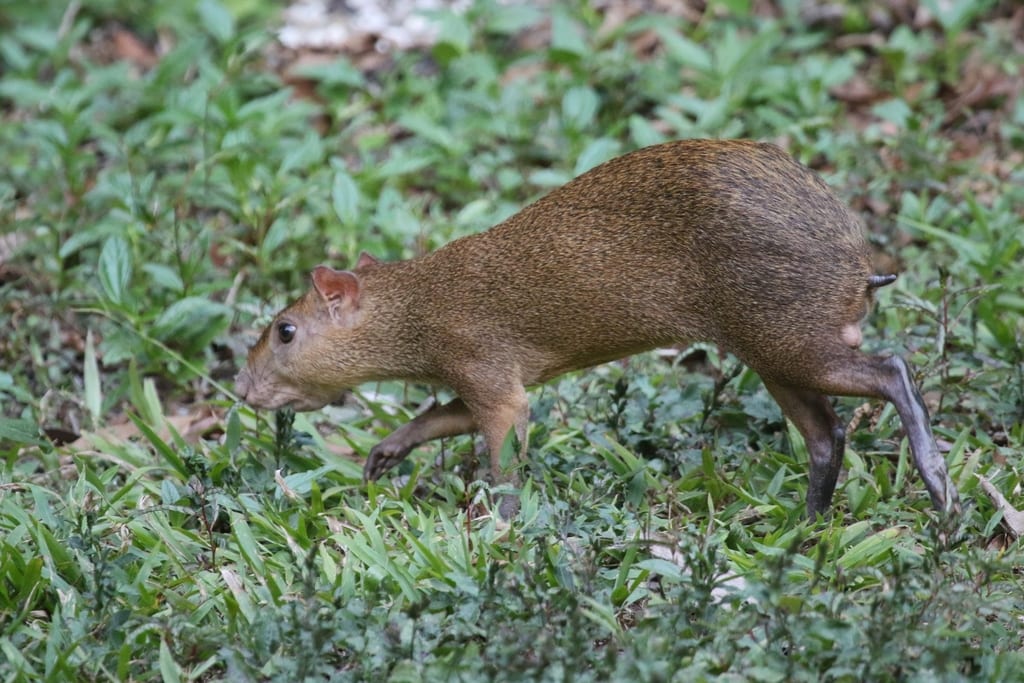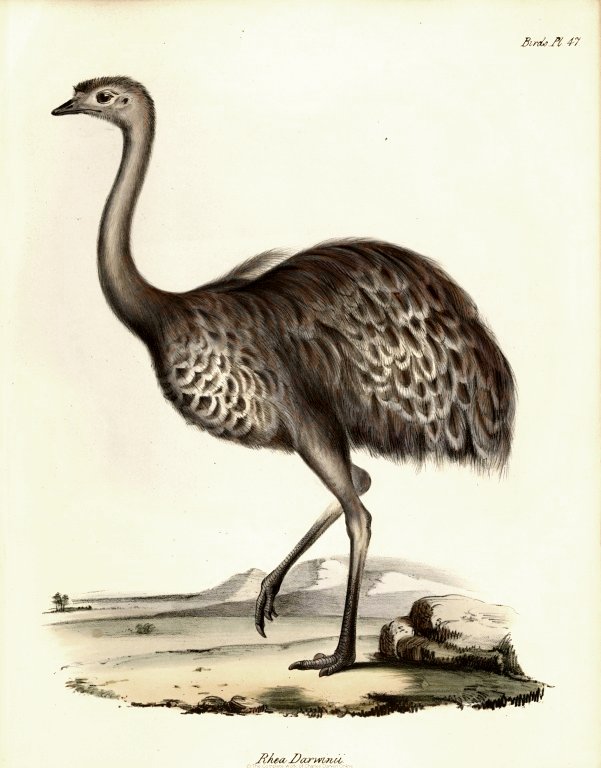
ADVERTISEMENT - CONTINUE READING BELOW
29. Darwin Once Ate a Rare Bird by Accident
During his journey around the world in HMS Beagle, Charles Darwin ate puma, which he thought tasted like veal, armadillos, and iguanas. He ate a twenty-pound rodent, probably an agouti, which he described as “the very best meat I ever tasted“. He not only ate Galapagos giant tortoises, but also drank their bladders: “The fluid was quite limpid, and had only a very slightly bitter taste“. His habit of eating everything he came across led him on one occasion to accidentally devour a highly sought-after bird, a lesser rhea. No specimen of the bird – South America’s version of an ostrich – had ever been seen in Europe, and Darwin was determined to become the first naturalist to send a specimen back home. He spent months trying to catch one, but the bird was fast, agile, and incredibly hard to catch.

ADVERTISEMENT - CONTINUE READING BELOW
Then one day in 1834, a shipmate showed Darwin a bird he had just shot and asked if he wanted it, or whether they should cook it for dinner. Absentmindedly, Darwin said they should eat it. That evening, Darwin was halfway through dinner when he suddenly jumped up and shouted at everybody to stop eating. He had just realized that they were eating a lesser rhea. He ran around grabbing bones from people’s plates, and rushed to the ship’s mess where he found the head, the neck bones, the feet, some feathers, and assorted bits and pieces. He packaged up all he could find, and sent it to a taxidermist friend in London. The buddy eventually managed to construct a bird using what Darwin had sent him, with the help of wires and feathers purloined from the more common greater rhea, for which there were many specimens available.

